
Most pro triathletes and elite runners use liquid nutrition such as drinks or gels for a marathon, half Ironman and Ironman. However, that doesn't mean liquids are automatically the right fuel for you.
More: Healthy Comfort Foods for Training Days
Your body has specific needs and your fueling strategy probably won't be the same as your favorite pro or training partner.
Use the following questions to decide whether liquid or solid foods are best for your race performance.
What is the task at hand?
The race you're training for will largely dictate the components of your fuel plan. Both the type of activity—running, biking, skiing—and the length of the race are important factors. For example, some people have difficulty eating solids during a run, while consuming these foods on a bike is much easier.
More: 6 Foods to Fuel Your Runs
Do you experience gastrointestinal (GI) issues?
Most liquid nutrition options are primarily carbohydrate, like CarboPro, PowerBar Perform and EFS Energy Drink. While protein can be added to these drink mixes, carbs are the star of the show.
For many of my athletes, consuming large amounts of carbs without protein and fat is hard on the gastrointestinal tract. The fuel is absorbed quickly, leaving athletes feeling hungry with inconsistent energy levels. On the other hand, some athletes are unable to consume any solids while racing due to the intense pace or a fickle stomach.
Ask yourself: Do I do best with carbs alone or in addition to protein and fat? Some people can handle a combination of liquids and solids if the race is long enough to demand it.
What are your hourly caloric needs?
How many calories do you need per hour to get through the race? Athletes with low caloric requirements can get away with liquid nutrition alone.
Calculate your caloric needs with metabolic efficiency in mind. This is a fueling method that promotes burning fat for fuel rather than high-carb food and drink sources. In this case, you may realize that the amount of calories you require is much lower than what you typically consume in a race.
Consider whether you can unload some of those race-day calories and take in only 10 to 30 grams of carbohydrate per hour. In this case, solid race fuel could be most effective.
- 1
- of
- 2
About the Author


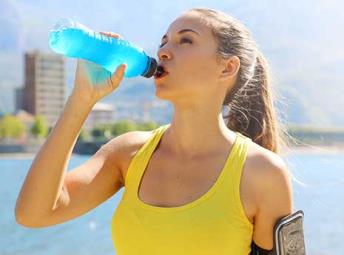
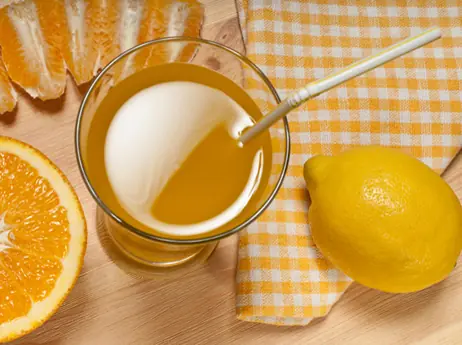

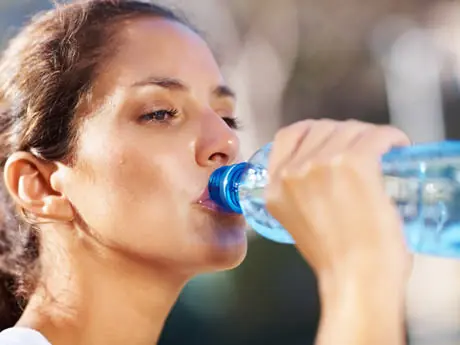
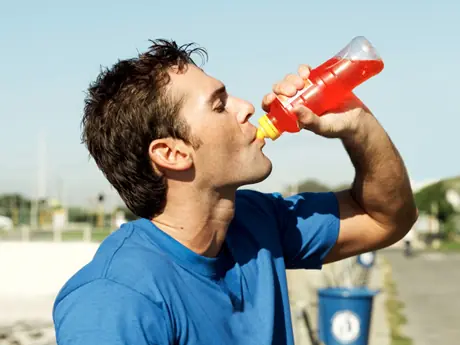
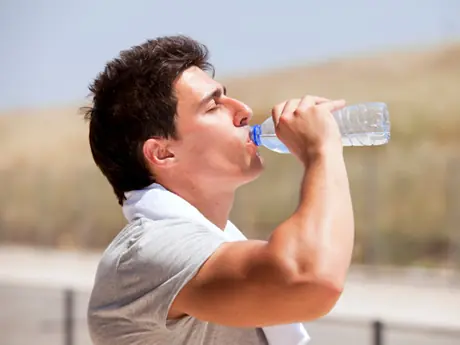
Discuss This Article